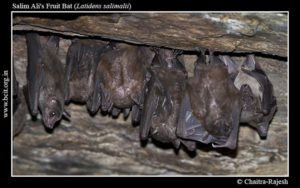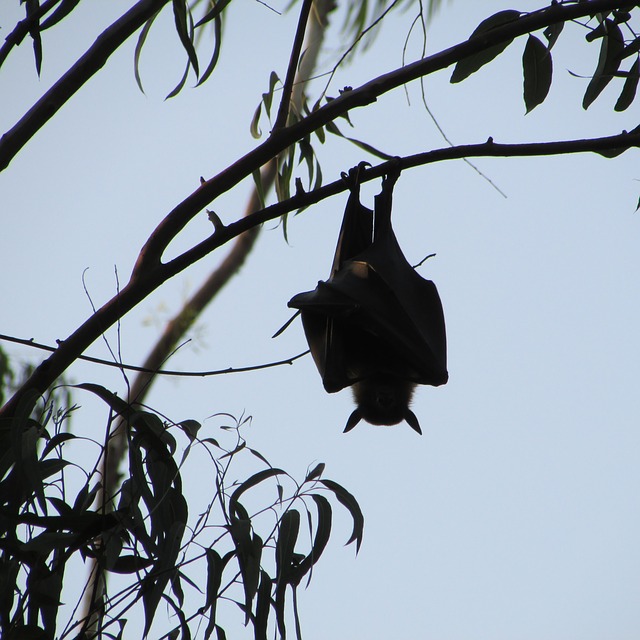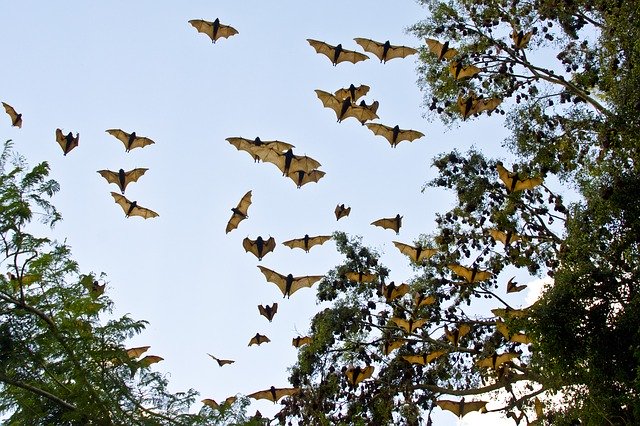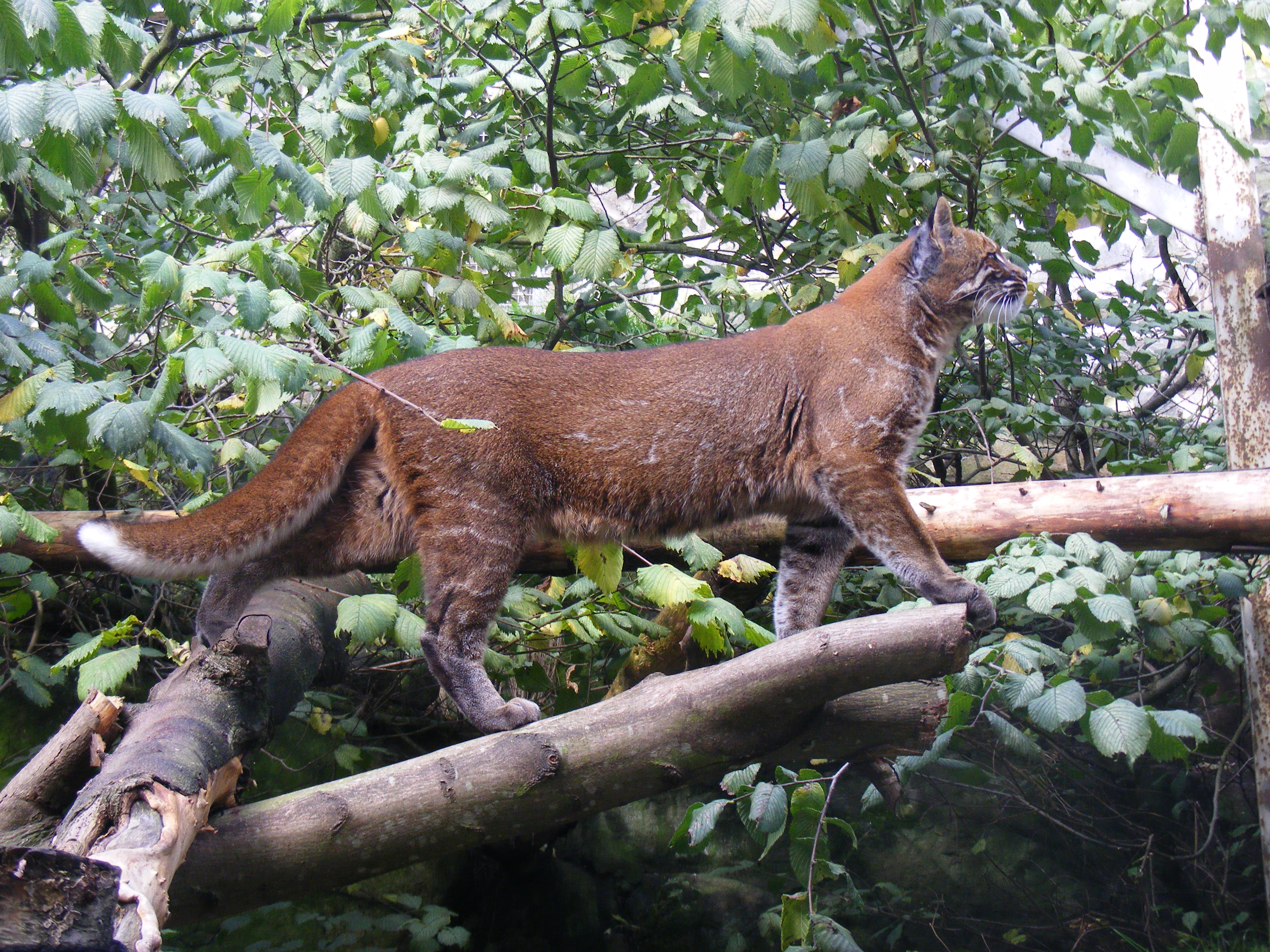Armature birders may never have imagined a bat being named after India’s famed ornithologist Dr. Salim Ali! Indeed, little is known about the Latidens salimalii or better known as Salim Ali’s Fruit Bat. In 1993 however, the bat found its fame when it entered the Guinness Book of World Records as “one of the three rarest bats in the world” along with the Sulawesi Small toothed fruit bat (Neoptrix frosti) and the Hipposiderid bat (Paracoelops megalotis) from Vietnam. The good news is, researchers have recently found 250-300 individuals of the rare bat in new roosting sites in Kerala, surveyed for the first time.
Until 2000, with only a few individuals caught in mist nets, the population estimates of the bat were about 200. IUCN categorized them as “Critically Endangered” in 1996 but up-listed to Endangered in 2004. They are also listed in Schedule I under Indian Wildlife Protection Act (1972). The bats are endemic only to restricted biogeographic areas on the southern Western Ghats as according to IUCN found in five fragmented locations. Recent studies through day counts in roost sites have put the numbers between 700 and 800.

New Roosting Sites in Kerala
A team from Bat Research Laboratory (BRL), Sarah Tucker College, in Tirunelveli, Tamil Nadu headed by Prof. Juliet Vanitharani is studying the ecosystem services from Salim Ali’s Fruit Bats in its native range. A research scholar Tiju K. Joy from the team observed the bats in Kerala. “This is the first time it has been confirmed through field study and roost survey.”
Read More: Bharagavi’s Quest for Lost Bats of India
This is an important discovery as the bats could be unseen propagators of native and endemic species of plants through pollination and seed dispersal.
In 1948, the bat was first collected by a British planter in the High wavy Mountains of the Western Ghats now located in Theni district of Tamil Nadu. It was Kitti Thonglongya a curator from the Thai National Reference Collection who found the species wrongly identified as the Short-Nosed Fruit Bat in zoological collections in 1972 and named it after Salim Ali.
BRL has been collaborating in bat research with other wildlife biologists and have identified areas other than Theni district where these bats are found.
Other Roosting Sites
Scattered populations have also been recorded from the Kalakad – Mundanthurai Tiger Reserve and the agroforestry and plantation regions of the Valparai areas surrounded by the Anaimalai Tiger Reserve (ATR) in Tamil Nadu. These habitats are fragmented due to intense monoculture plantations of tea and coffee estates.
These bats have been found to roost in trees and caves found at an elevation of 800 – 1,600 m, where the vegetation is typically montane evergreen and has an annual rainfall of 3500mm. They seem to prefer riparian forests for foraging and feeds on fruits of ficus or fig species.
Read More: Bats in Karnataka in Need of a Saviour
Observations made in Meghamalai Forests, in Tamil Nadu on the Western Ghats, show the bats roosting in deep caves only coming out in the evening to forage. They were seen to pick fruits and flowers from various trees and go back to feed in comfort within the caves. This is a crepuscular behavior as seen in many of the bats when foraging commences at sundown and resumes again just before daybreak. In one of the research activity, 24 bats were caught using mist nets close to cave roosts.
According to a chiropteran (bat study) researcher Singaravelan from Madurai Kamaraj University, it is still a mystery where the animals have their “day roosts”. Very little or the least is known about their reproductive biology, interspecies competition, and ecology.

According to a recent study, Salim Ali’s Fruit Bat could face serious threats from habitat fragmentation, if monoculture plantations expand in their habitats. Tree-cutting in coffee plantations is a major threat as it reduces place to roost.
These animals are also hunted by indigenous people of the hills for traditional medicines and meat.
India has 128 species of bats but most of the fruit bats are considered as vermin along with a host of other species such as rats, hares and other insect pests in agro-ecosystems. If this perspective changes among planters and foresters, the recovery and conservation of this endangered bat will be easier.









